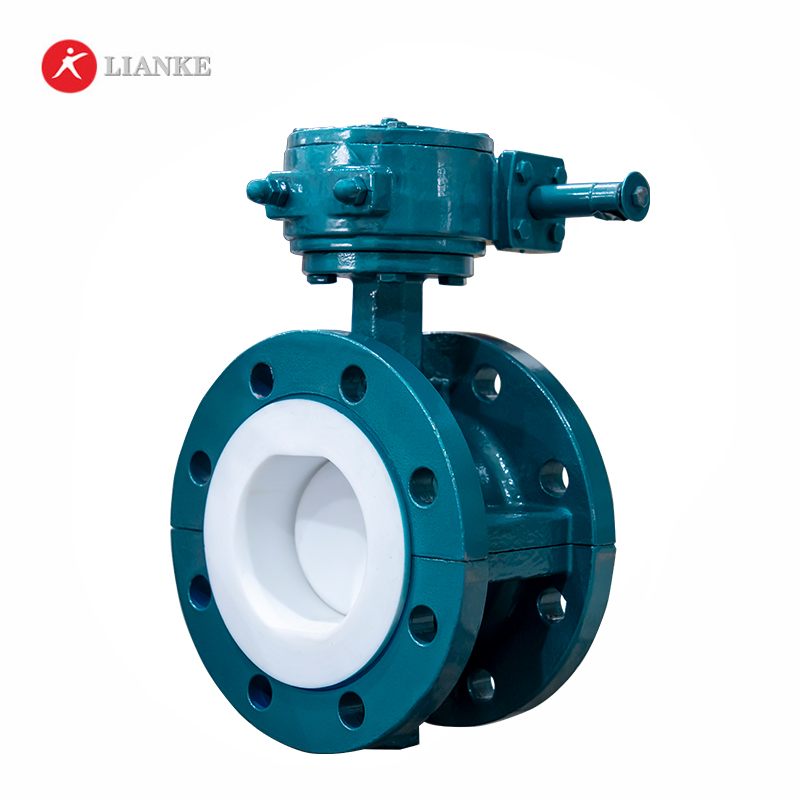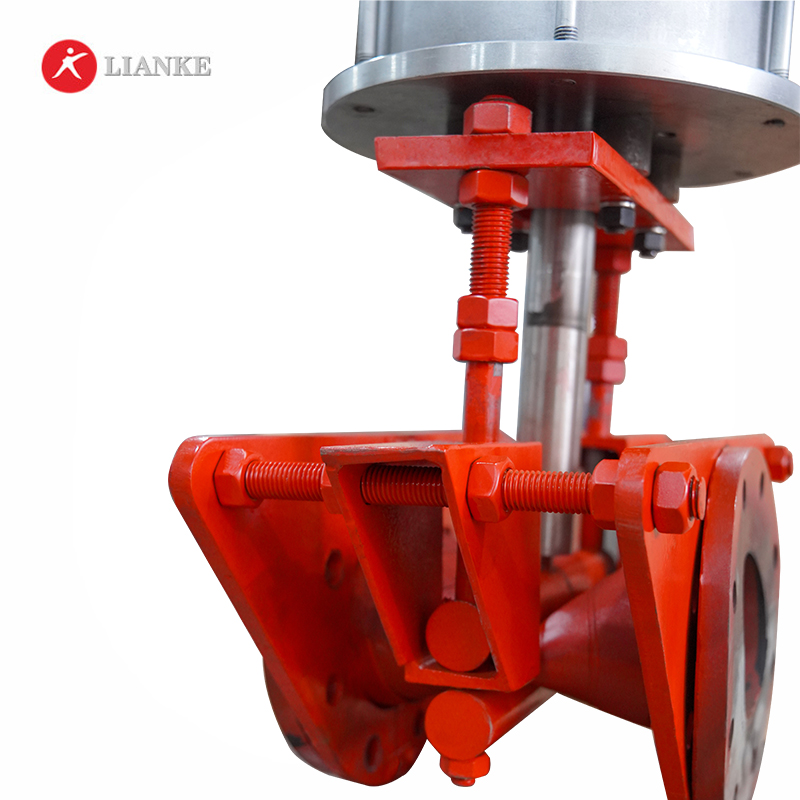

In industrial pipelines, filtering debris and ensuring smooth flow are crucial for protecting sensitive equipment. Additionally, it also contributes to maximizing operational efficiency.
Basket strainers play a vital role in this. They primarily capture unwanted particles such as dirt, sediment, and other contaminants to prevent damage or clogging in the system.
Choosing the right type of filter is essential to maintaining continuous flow and reducing downtime. Below, we explore the distinct differences between simplex and duplex basket strainers. This is to help you select the right option for your pipeline needs. To do so, we’ll highlight the benefits of duplex filtration systems.
When deciding between a simplex and duplex strainer, it’s essential to understand the following:
Here’s a closer look at each type and how they operate differently:
A simplex basket strainer is the simplest of the two types. It only consists of a single chamber that holds one basket. This basket is responsible for capturing debris and preventing it from flowing downstream. Since it has only one chamber, the entire system must be shut down temporarily whenever the basket needs cleaning or maintenance.1
A duplex strainer is often referred to as a dual basket strainer or strainer duplex. It features a two-chamber design with two separate baskets. The duplex filter allows one chamber to be cleaned while the other continues filtering. The design ensures duplex filtration and a continuous flow of fluid.2
The duplex strainer also comes with a switching mechanism. It lets operators seamlessly switch from one basket to the other without stopping the entire system. This design is ideal for continuous flow processes where any disruption could lead to costly downtime.
Simplex strainers are effective for industries where periodic shutdowns could occur. They are simpler in design, have fewer moving parts, and are easy to install and maintain. However, they lack the continuous filtration capability of a duplex filter. Also, they require complete system shutdowns for cleaning and maintenance.1
Duplex strainers are essential in high-stakes applications. Here, uninterrupted flow is critical. By offering duplex filtration, they allow one chamber to operate while the other is cleaned. Moreover, this strainer type minimizes the need for shutdowns and maintaining operational continuity. This dual-chamber system is efficient in applications like chemical processing, oil and gas. In these industries downtime can be costly and operational efficiency is paramount.2
Simplex strainers are typically used in non-critical systems. In these fields, the flow can be stopped temporarily. This may be referred to as batch processing or in smaller operations that don’t run continuously. Simplex basket strainers may be utilized in certain food and beverage production lines, general water filtration, and HVAC systems.
Duplex strainers are better suited for continuous-flow applications. They are typically found in industries where any downtime could have significant cost implications. They are popular in sectors such as oil and gas, power generation, chemical processing, and water treatment.
Maintenance for a simplex strainer involves halting operations to remove and clean the basket.
Maintenance for a duplex strainer is far more flexible. One basket can be cleaned while the other continues to function. This reduces downtime and allows for on-the-fly maintenance. This feature makes duplex strainers particularly advantageous in 24/7 operations. Here, even short interruptions can impact efficiency.
Simplex strainers are generally more affordable than duplex strainers. This is because of their simpler, single-chamber design. They are cost-effective for applications that don’t require continuous flow. They are ideal for industries where occasional downtime is manageable.1
Duplex strainers are more expensive initially due to their dual-chamber design. Their switching mechanism adds to their price, too. However, this added cost is justified. This is because some applications require uninterrupted flow which the mechanism can provide.
Over time, duplex strainers reduce the risk of costly downtimes and potential productivity losses. Duplex filtration systems, despite their higher initial investment, often prove more economical in the long run. This is especially true for industries with critical operations.
Here’s a table that summarizes the key differences between simplex and duplex basket strainers:
| Feature | Simplex Basket Strainer | Duplex Basket Strainer |
| Design | Single chamber with one basket | Dual chamber with two baskets |
| Flow Continuity | Requires shut down for cleaning or maintenance | Allows continuous flow; can switch between chambers during maintenance |
| Applications | Suitable for non-critical systems with acceptable downtime | Ideal for continuous-flow applications and critical systems where downtime is costly |
| Maintenance Process | Full system shutdown needed to access and clean the basket | One chamber can be cleaned while the other remains in operation |
| Cost | Lower initial cost due to simpler design | Higher initial cost due to dual-chamber and switching mechanism |
| Installation Complexity | Simple installation with fewer components | Slightly more complex installation due to additional chambers and a switching system |
| Operational Efficiency | Suitable for intermittent or batch processes | High operational efficiency with uninterrupted flow in continuous operations |
| Industries | Used in industries like HVAC, water filtration, and general systems | Common in oil and gas, chemical processing, water treatment, and power generation |
| Advantages | Cost-effective and straightforward for non-critical use | Ensures minimal downtime, continuous filtration, and flexibility in high-stakes applications |
| Limitations | Limited to systems where flow can be halted for maintenance | Higher initial cost, more complex setup, but ideal for reducing operational disruptions |
So, which one should you between a simplex and duplex basket strainer? It all depends on the specific requirements of your pipeline system. Simplex strainers are cost-effective and suitable for non-continuous operations. On the one hand, duplex strainers offer duplex filtration capabilities essential for high-stakes applications. In such industries, downtime is not an option.
Lianke Valve Co., Ltd. provides both types of strainers and custom filtration solutions. All of these are designed to meet the demands of any industrial application. With over four decades of expertise, a dedication to advanced technology, and a focus on client satisfaction, Lianke is your ideal partner. The company is suitable for businesses seeking reliable, cost-effective solutions in pipeline fluid filtration and valve technology.
Differences between Simplex and Duplex Strainers; Factory Direct Pipeline Products
Duplex Strainers vs. Simplex Strainers: A Comparative Analysis; Sungov; 2023

Your valve is leaking because something has gone wrong with its sealing system. Maybe the seals are worn out after years of service. Perhaps debris is stuck between critical surfaces. Or it could be that improper installation created misalignment from the beginning. These common problems prevent the valve from achieving perfect closure when you need […]

Valve Flow Coefficient (Cv) is a measure of a valve’s capacity to allow liquid or gas to flow through it. It’s technically defined as “the volume of water at 60°F (in US gallons) that will flow through a valve per minute with a pressure drop of 1 psi across the valve.” You calculate Cv by […]

When selecting the right valve for industrial applications, understanding pressure and temperature ratings is crucial. Many professionals in the field struggle with terms like Class, Rating, and PN, which can lead to costly mistakes if misunderstood. This guide will help you understand these concepts so you can select valves with confidence. What Do Pressure Units […]

The main difference between plastic and elastomer comes down to flexibility and shape retention. Plastics are rigid or semi-rigid. Once they bend or break, they don’t bounce back. Elastomers are flexible. They stretch, twist, or compress and return to their original shape. Below, we’ll take a closer look at how these materials differ and the conditions […]



